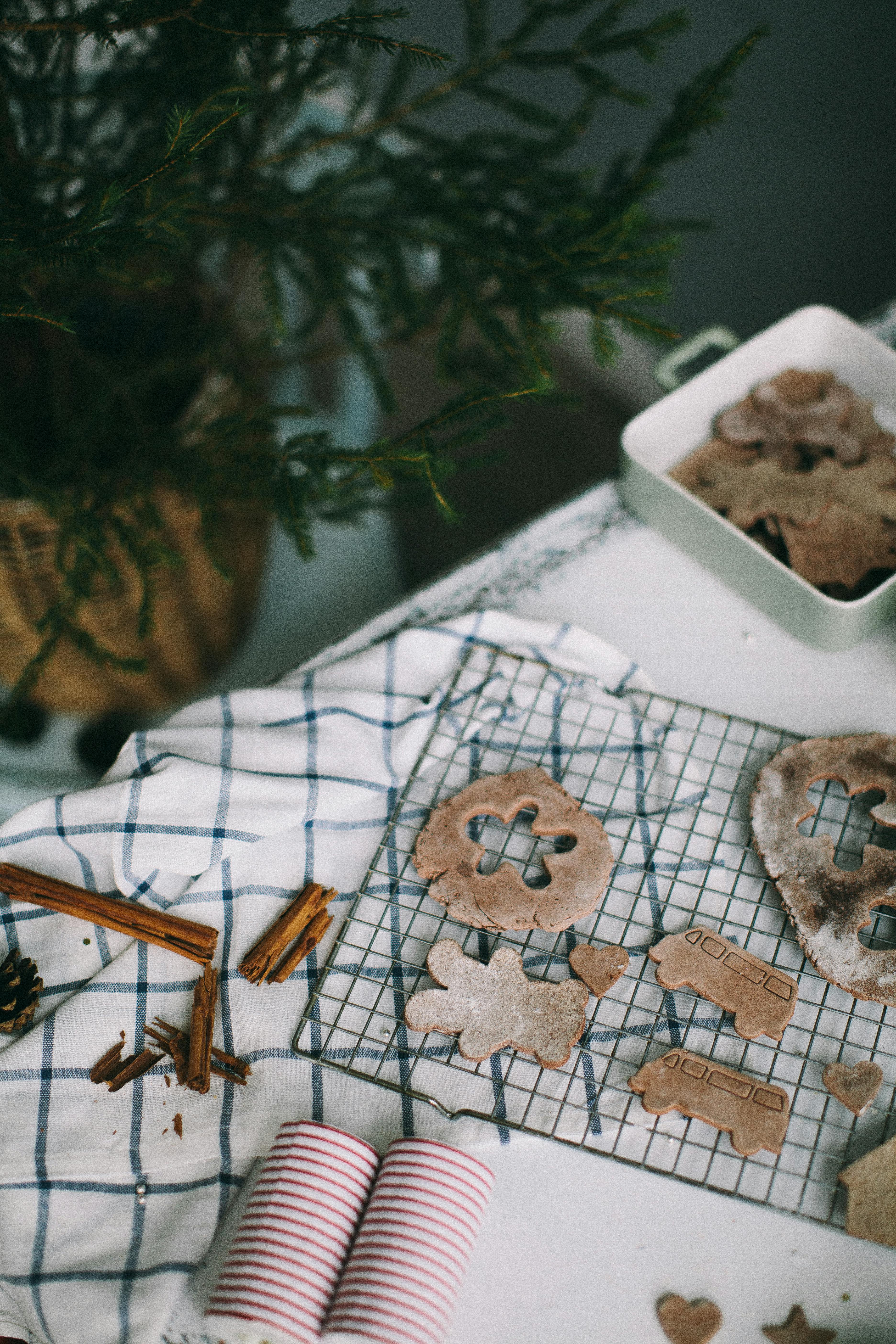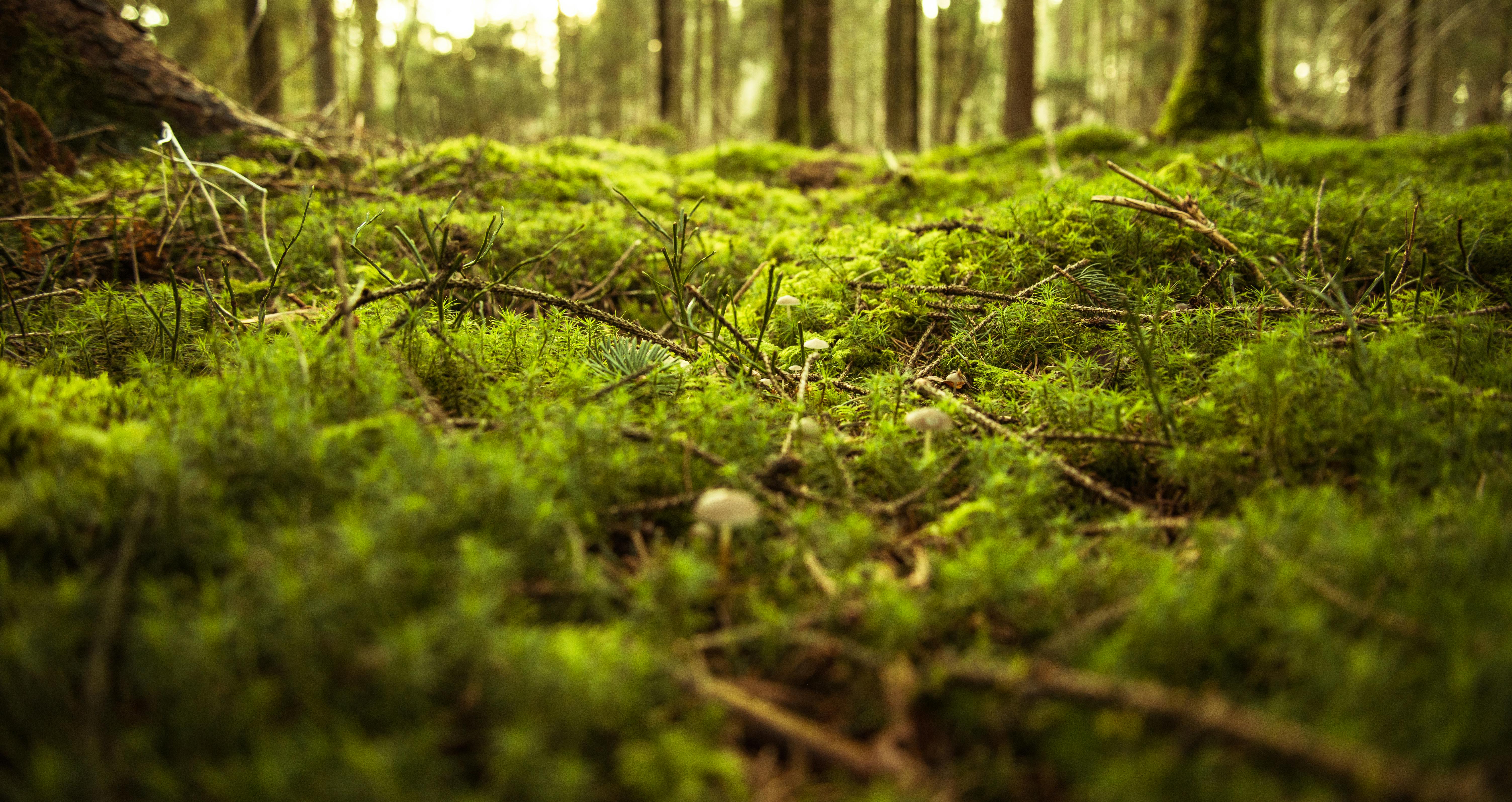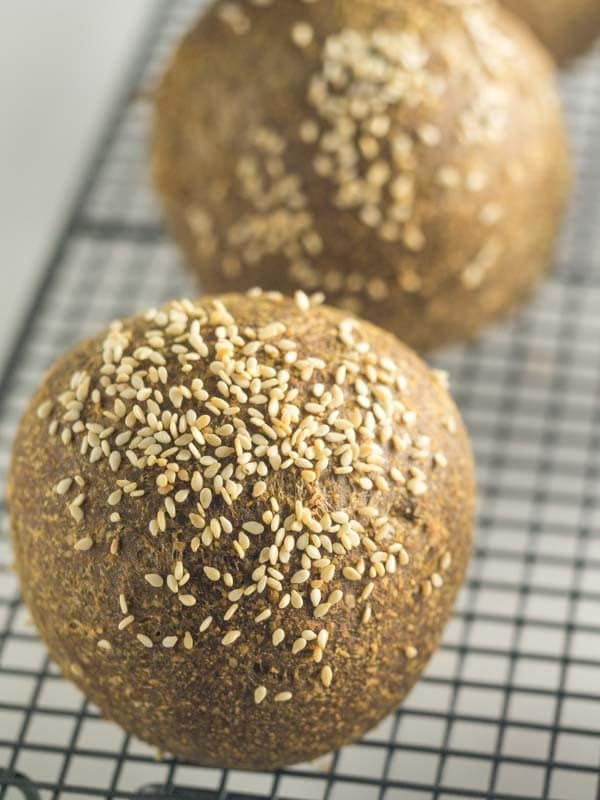Apply Now
Smart Ways to Explore the Current Wine Trends of 2025
The world of wine is ever-evolving, particularly as we look forward to the trends that 2025 promises to unveil. Wine enthusiasts and novices alike can benefit from staying updated on emerging patterns in wine consumption, production, and appreciation. As our tastes and preferences shift with each passing year, it is vital to understand what to look for in red wine, white wine, and even sparkling wines. In this article, we will delve into the dynamic aspects of wine trends, including wine tasting experiences, modern wine regions, purchase behaviors, and innovative wine-making techniques.
Understanding the current wine trends isn't just for aficionados—casual drinkers can also learn valuable insights that could enrich their wine appreciation journey. From sustainable wine practices to the rise of organic and natural wines, the industry is seeing a marked shift toward quality, diversity, and storytelling. Key takeaways from this article include a solid overview of upcoming wine trends, engaging ways to enhance your wine tasting experiences, and how these trends could affect your choices of wine pairings or wine collections moving forward.
Embracing Sustainable Practices in Wine Production
Building on the growing awareness of environmental issues, sustainable practices in wine production have taken center stage. In 2025, consumers expect wine brands to embody eco-friendliness and social responsibility. Sustainable wine practices allow producers to conserve natural resources while maintaining the highest quality in their products. Many wine regions are prioritizing organic and biodynamic farming methods, minimizing the use of synthetic pesticides and fertilizers.
Wine enthusiasts can look out for certifications on bottles that indicate sustainable practices. Additionally, brands that focus on local grape varieties and eco-friendly packaging are being favored by conscious consumers. Engaging with sustainable wines not only benefits the planet but also often results in richer flavors and unique wine characteristics, appealing to those who appreciate depth and complexity in their wine aromas and flavors.
By supporting sustainable production, you help ensure the longevity of wine culture. This naturally leads us to explore how changing consumer preferences are shaping the future of wine styles.
Trends in Wine Styles and Varieties
In recent years, wine styles have become increasingly diverse, and this trajectory is expected to continue into 2025. While traditional varieties such as Cabernet Sauvignon and Chardonnay dominate the market, there has been a surging interest in lesser-known grape varieties and niche wine styles. This is particularly noticeable with the rise of natural wine and organic wine, which appeal to a growing segment of health-conscious consumers.
Notably, sweet wine varieties are making a comeback, especially as dessert wines gain traction among food pairing circles. Wine critics and experts are eager to explore new regions and unfamiliar labels, enhancing their collections with unique finds. The growth of wine events and festivals allows enthusiasts to sample a variety of styles, enabling them to discover personal favorites beyond the conventional wine list options.
Moreover, innovative wine techniques, such as aging in unconventional barrels or utilizing unique fermentation processes, contribute to the creation of exciting new wines that attract attention. This revival of experimental styles invigorates the wine scene and improves wine sharing experiences among friends and experts alike.
The Impact of Wine Branding and Marketing
As competition in the wine market intensifies, brands are increasingly focusing on innovative marketing strategies to capture consumer attention. Wine branding has evolved beyond just a visually appealing label. It now encompasses storytelling and creating emotional connections with consumers. Wine labels are functioning as a canvas for artistic expression and encapsulating regional identity, which resonates well with millennial and Gen Z wine drinkers.
Sustainable and ethical branding has become crucial as consumers prioritize transparency in wine production processes. This has given rise to brands that actively engage with wine tourism, promoting their local culture and history while educating visitors about their wine-making methods. Wine shops and clubs can leverage these branding strategies to educate consumers and foster a sense of community, enhancing the overall appreciation for wine.
Additionally, leveraging social media platforms allows wine brands to connect with broader audiences and participate in interactive wine events. This trend exemplifies how technology enables wine enthusiasts to stay updated on the latest developments, specials, and recommendations.
Exploring Wine Pairings and Tasting Events
With an expanded palette of wine varieties to choose from, discovering the perfect wine pairing has never been more exciting. 2025 is set to spotlight the art of wine and food pairing through more experiential tasting events designed for culinary enthusiasts. These experiences help consumers to understand how different wines enhance particular dishes, whether it's red wine with rich meats or white wine with lighter fare.
The rise of wine pairing experiences can also include themed events that focus on specific regions or styles. For instance, pairing wines with different cuisines, such as Asian or Mediterranean dishes, is becoming increasingly popular. Wine and cheese tastings are complemented by local produce, making for a delightful evening among friends.
These explorative events not only enhance consumer knowledge but also foster connections within the wine community. Experts provide guidance on wine tasting etiquette, and individuals have the chance to engage with winemakers and critics, offering insights that enrich their wine education.
By actively participating in these experiences, consumers can elevate their enjoyment of wine and discover new favorite pairings, which leads us to explore the role of technology in enhancing the wine experience.
Digital Innovations in Wine Marketing
As digital technology continues to transform various industries, the wine sector is embracing innovations that cater to modern consumers. Wine delivery services and subscriptions have surged in popularity, allowing consumers easy access to curated selections of quality wine from around the world. This convenience taps into the desire for personalized experiences and makes enjoying various styles and regions more accessible.
Utilizing mobile apps to decipher wine labels and track personal preferences is also becoming commonplace among wine enthusiasts. These advancements enable users to learn about wine grape varieties, wine reviews, and wine pairing suggestions directly from their devices. Wine clubs are increasingly leveraging technology to deliver tailored recommendations and stay connected with members through exclusive virtual tastings and events.
Tech-driven insights derived from data mining and sentiment analysis further enrich the wine selection experience. Understanding consumer preferences leads to better marketing strategies and product development, ensuring that consumers receive wines that align with their tastes. This data-driven approach drives the growth of wine-related content in blogs and social media, enhancing overall education and awareness about current wine trends.
Engaging with the Wine Community
As the wine landscape evolves, engaging with the wine community remains an essential aspect of wine appreciation. Wine clubs, tasting groups, and online forums allow enthusiasts to connect with like-minded individuals who share a passion for wine exploration. Participating in these communities helps foster friendships and offers invaluable advice from seasoned wine lovers.
For newer wine drinkers, joining a local wine shop or attending wine festivals can be an exciting way to meet experts and learn about the latest trends. Wine appreciators should take advantage of available resources, such as classes that address wine history, wine production, and wine tasting notes. Engaging in discussions about vintage wines and iconic labels can lead to deeper insights and shared experiences that enhance your understanding of wine.
Moreover, community-driven initiatives often encourage collective investment in sustainable practices, benefitting both producers and consumers. As the wine community continues to grow, collaboration and knowledge-sharing will inevitably play a pivotal role in shaping future trends.
Conclusion: Preparing for an Exciting 2025 in Wine
The wine trends of 2025 reflect an expanding world that prioritizes sustainability, creativity, and community. As consumers, we are fortunate to witness the unearthing of precious gems in the wine realm while continually adapting to fresh influences and innovations. Whether you are tasting a robust red after a long day or indulging in a sparkling wine at a celebration, these trends offer an exciting perspective on the rich tapestry of wine culture.
By staying informed and actively participating in the wine scene, you can enhance your appreciation for winemaking traditions while exploring the delightful spectrum of flavors that the wine world has to offer. Get ready to make the most of your wine experiences; the next chapter in wine excitement is just around the corner!




